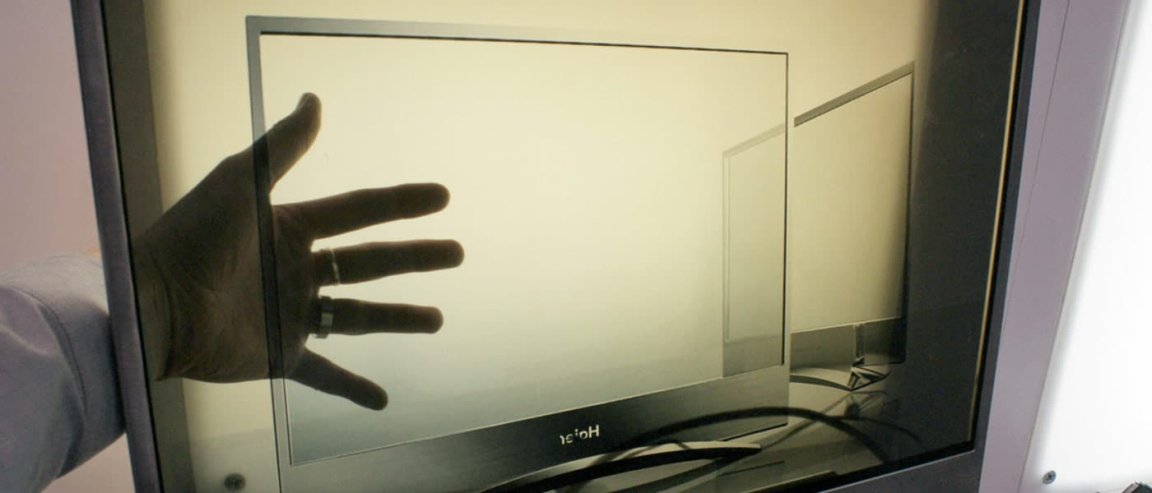
Now You See It, Now You Don’t
At the CES earlier this year, Japanese tech giant Panasonic unveiled its television of the future. Made from a transparent pane of glass, this invisible TV disappears when turned off, making it indistinguishable from an ordinary pane of glass.

Just last week, at the annual Combined Exhibition of Advanced Technologies (CEATEC) in Japan, Panasonic showed off an improved version of the invisible TV. The previous LED screen was upgraded with a new OLED display, allowing for clearer and crisper images even against bright backlighting.

Aside from this, not much is different between the two versions. The display still disappears when the TV is not being used.

Panasonic has not yet given details of the new TV’s release, aside from confirming that it would still need to stay in development for at least three more years.

Science catches up with sci-fi
Panasonic’s invisible TV is the latest to join an array of futuristic tech — those that previously existed only in science fiction and have not made their debut in reality. They range from simple every day things, like that famous Back to the Future shoes with self-tying laces, to outrageous ones like Star Wars style laser weapons and lightsabers.
We already have autonomous cars (and other unmanned vehicles), a supposedly working hoverboard, real-time holographic displays, not to mention developments in quantum teleportation, and many more.
And, of course, droids. AI robots are flooding several industries.
It’s like what every 80s and 90s kid dreamed of. From Star Wars and Star Trek to Back to the Future, we are beginning to see many of these technologies from a sci-fi future become a reality in the science of today.